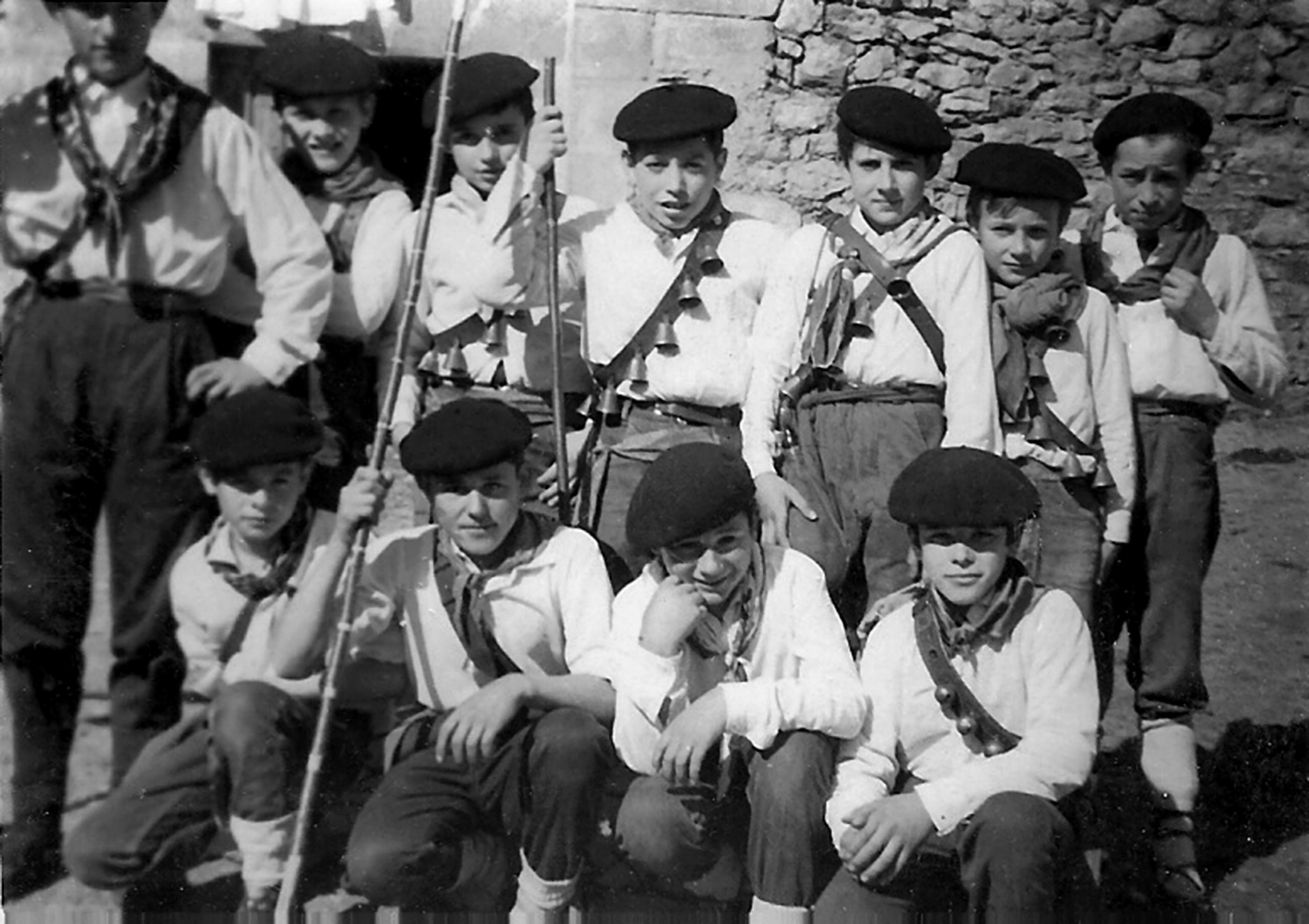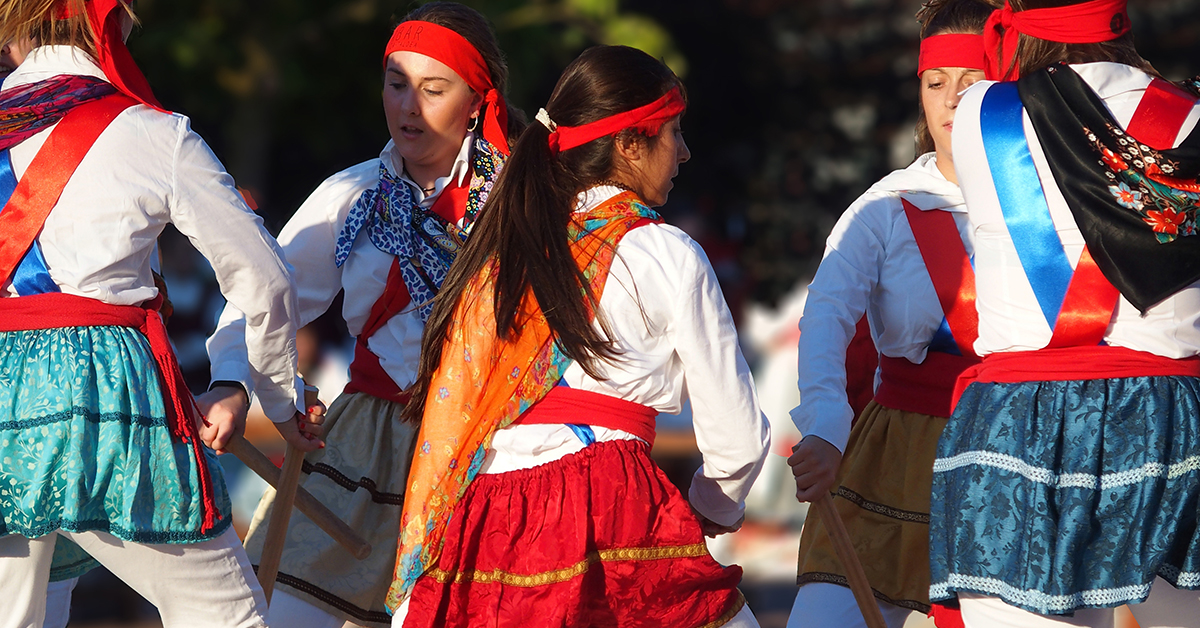Archives
Dance and creative movement are universal forms of communication and self-expression (language through motion), generally associated with music or rhythm, their creation, preservation and execution having fallen on different social layers throughout history.
Basque ‘traditional’ dance, as we know it, is the result of a process of survival over time, with its ups and downs, and more interruptions, in its performance, than we might think of. Its contours should therefore not fool us into defending a supposed past longevity and authenticity which would force us to travel back to the ‘night of time’. (more…)

Amagoia Gezuraga.
The local parish would, in former times, be a common and reliable channel for folks to keep abreast of significant social life events in villages, towns and cities, far more than rumours and hearsay. Church attendance being a fundamental religious practice for the vast majority, especially on Sundays, due announcement would be made of impending marriages, the so-called banns, making the most of the occasion; the names of recently departed parishioners were likewise announced, and the day and time when masses were to be offered for them; and believe it or not, moral assessment of all films screened in community venues and cinemas was posted on the church door. (more…)

Marzas singers from the neighbourhood of Matienzo in the Valley of Carranza (Bizkaia) in the mid-1960s. Courtesy of Miguel Sabino Díaz.
Located in the westernmost end of the district of Encartaciones in Bizkaia, the wedge-shaped Valley of Carranza is bounded by the autonomous community of Cantabria and the Merindades of Castile. It is the last tract of Basque land to see the sun set and the first to feel the rain fall when storms arrive. The vastness of the Valley together with its centuries-old isolation might perhaps have contributed to the development of a strong cultural identity. (more…)



